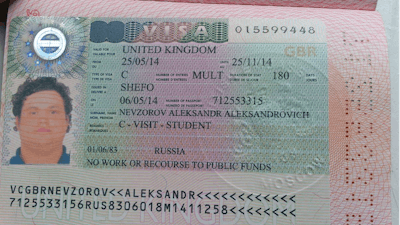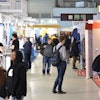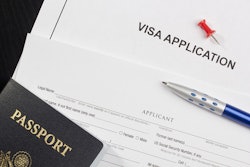
On December 6, 2018, U.S. Citizenship and Immigration Services (USCIS) reached the statutory numerical limit or cap on the number of petitions for temporary nonagricultural workers “who may be issued H-2B visas or otherwise granted H-2B status” for the first half of fiscal year 2019, thus completing one of the briefest cap periods for the first half of the year in more than five years. In addition, USCIS announced that the total number of cap-subject H-2B petitions received exceeded the number of H-2B visas available, suggesting that demand for the temporary visa continues to grow.
To ensure a fair and orderly process of H-2B visa numbers, USCIS therefore “conducted a lottery on December 11, 2018, to randomly select petitions received on December 6. As a result, USCIS assigned all petitions selected in the lottery the receipt date of December 11. Premium processing service for petitions selected in the lottery also began on that date.”
In fiscal years 2017 and 2018, Congress approved the issuance of an additional 15,000 H-2B visas after learning that U.S. employers were struggling to find enough qualified U.S. workers to fill all their open positions. H-2B visas are capped at 66,000 visas per fiscal year, but that cap is divided equally between the first half (October 1 through March 31) and second half (April 1 through September 30) of the fiscal year.
The H-2B visa program is designed to allow employers to bring foreign workers to the United States to provide temporary nonagricultural labor when there are not enough U.S. workers available to perform the employers’ work. Employers may petition for H-2B visas when they need to temporarily supplement their staff based on a one-time, seasonal, intermittent or peak-load need. The H-2B visa covers a variety of jobs including those as hotel staff, housekeepers, janitors, amusement park workers, landscapers and warehouse workers, among others.
To read the full original article, please click here.



















